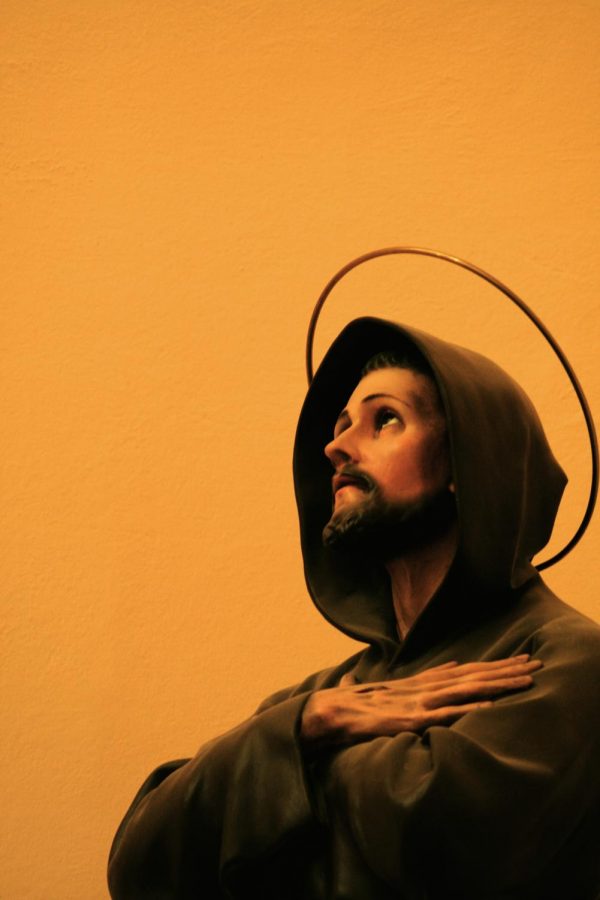Who is Jesus?
March 20, 2014
In most Christian churches in America, Jesus is portrayed as a white western European. Historians have disputed the legitimacy of the standard images of Jesus because he was born in the Middle East and not Europe.
“Jesus was born, raised and died in the land of Israel in the Middle East, although he was born in the Bethlehem area according to the gospel and he was raised in Nazareth,” said Carl Gebhardt, adjunct professor of history. “About 100 years before Jesus was born that area was being repopulated by people from the south.”
There is no evidence to suggest Jesus looked any different from other people living in Israel at the time, said Trinity Episcopal Campus Chaplain Callie Plunket-Brewton.
Even though historians say Jesus looked like your average Jew, he is often not portrayed as such.
“It apparently came from the church as it moved westward into Europe,” Gebhardt said. “The image of a healthy Germanic kind of person with sandy blond hair and typical European features is where we get those images that tend to come from people who are a part of that cultural mix.”
Sophomore Will Chaney pictures Jesus looking like the man he has seen since childhood.
“I grew up in the Southeast United States so in my mind I do imagine the blond-haired, blue-eyed stern looking guy,” Chaney said. “But I do know realistically he was a Middle Eastern Jewish male. Obviously my view is not correct, but it’s the view I grew up with and what I see in my mind when I picture him.”
Senior Bernisha Griffin said she does not care what Jesus’ appearance was.
“Honestly, it doesn’t bother me because I feel like whatever he looks like doesn’t matter,” Griffin said. “We could all be wrong, and he could be Chinese for all we know.”
The Bible states Jesus was born in what is modern-day Palestine, but people continue to accept the almost ancient images of him depicted as a western European male.
“Interestingly, the old Jewish tradition was that you don’t make images, especially if it is a religious figure who could be identified with God — it’s one of the commandments,” Gebhardt said. “Part of the reason for that is because it produces a tendency to want to tack God down to a particular image and that is exactly what God doesn’t want.”
Though it has been a Judeo-Christian practice to not create images of religious figures for a long time, the Christian part of the tradition veered away from it, Gebhardt said.
“Christian theology encourages us to see Jesus as being one of us,” Plunket-Brewton said. “I think it is also incredibly important to see Jesus in other people. There needs to be a critique of that white Jesus. Just from the reaction to people suggesting that Jesus is not lily white shows us that this must have been a damaging image to others.”
Griffin said the issue with the image of Jesus might have deep roots in racism.
“History shows us that in America, white people always believe they are superior to every other race in general,” Griffin said. “When you’re talking about a painting or a picture of someone who is that holy and one people identify with he’s not going to be illustrated as a black, Arabian, or even an Israeli man.”
Jesus is often portrayed looking a great deal different from the culture he grew up in. This in turn helps promote prejudice, Gebhardt said.
“I could see how growing up and seeing Jesus as a white male, Santa Claus as a white male and — until Barack Obama — everyone in the power structure was an older white male, that can be oppressive,” Chaney said.


